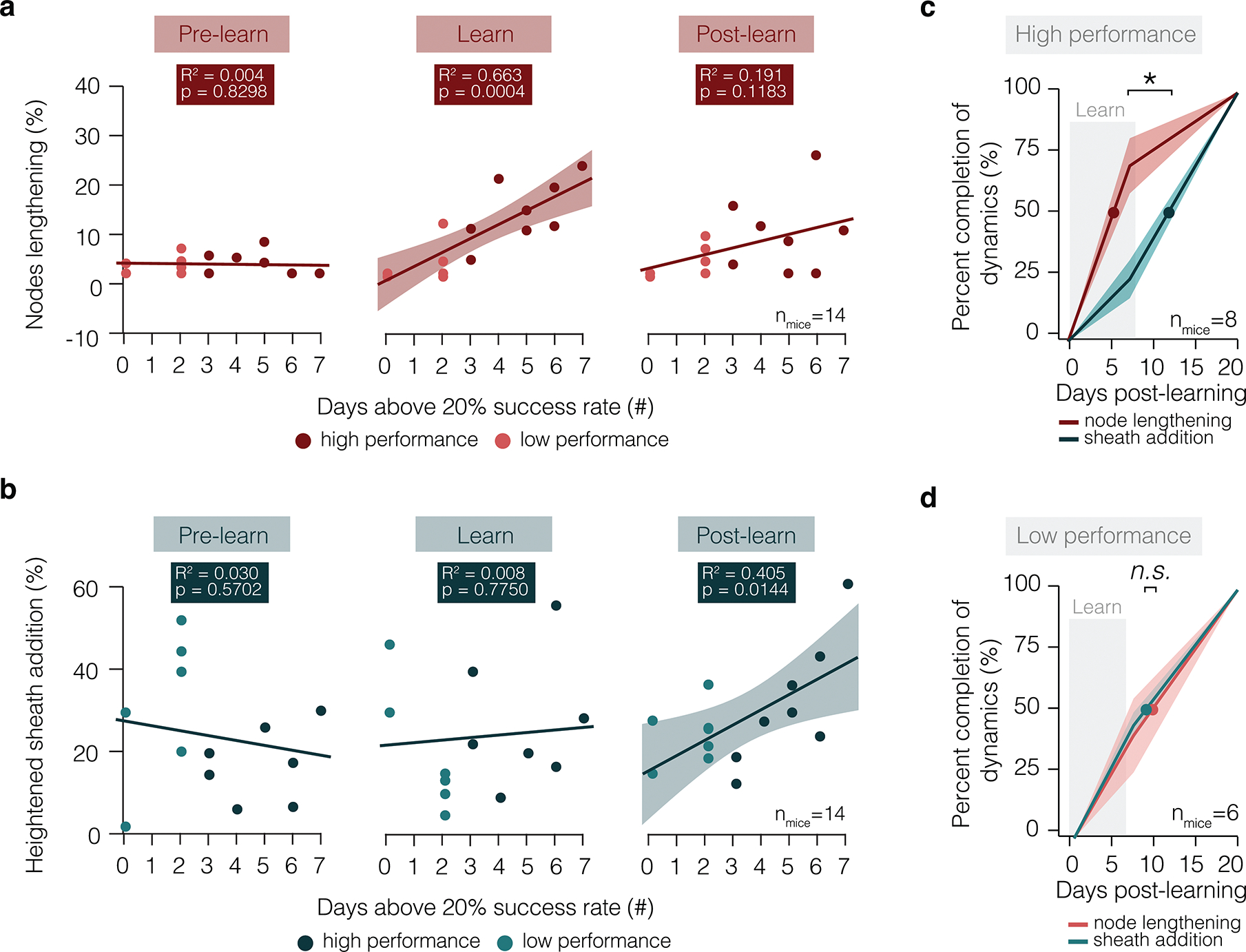Figure 7 |. The extent and timing of myelin dynamics is correlated to behavioral performance.

a, The proportion of nodes lengthening per mouse is correlated to degree of behavioral success only during learning, but not before or in the two weeks after learning (Standard least squares regression, shading represents 95% confidence interval). b, The proportion of axons receiving new myelin sheaths per mouse is correlated to degree of behavioral success only in the two weeks following learning, but not before or during learning (Standard least squares regression, shading represents 95% confidence interval). c, In high performing animals (defined as animals which attain 3 or more days above 20% successful reaches), node lengthening occurs significantly earlier than sheath addition (Paired Student’s t-test; t(5)=3.99, p=0.11). d, In low performing animals (defined as animals which attain less than 3 days at above 20% successful reaches), node lengthening and sheath addition occur concurrently. *p < 0.05, **p < 0.01, ***p < 0.0001, NS, not significant; lines and shaded areas represent mean±s.e.m; dots represent half maximum. For detailed statistics, see Supplementary Table 3, Figure 7.
